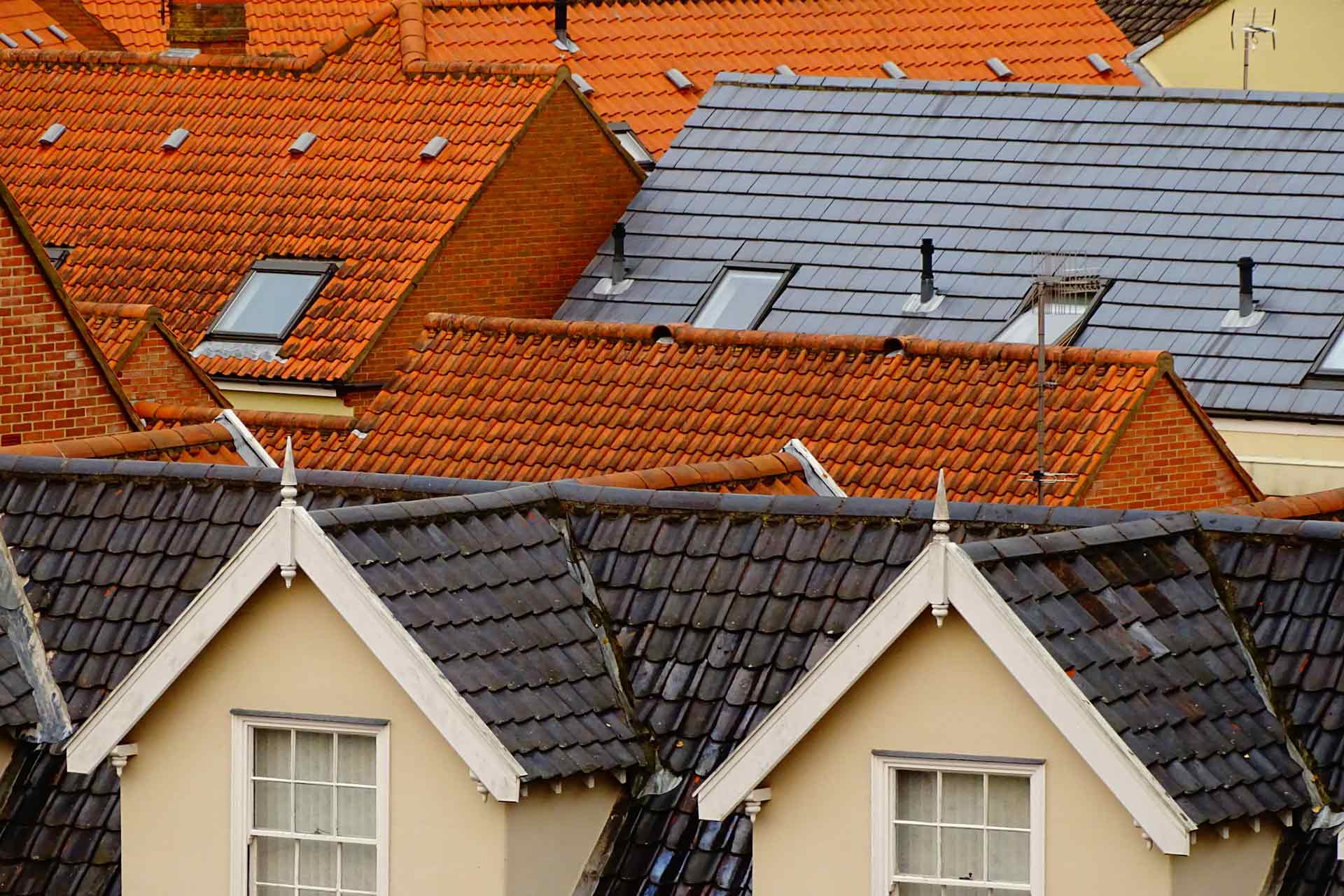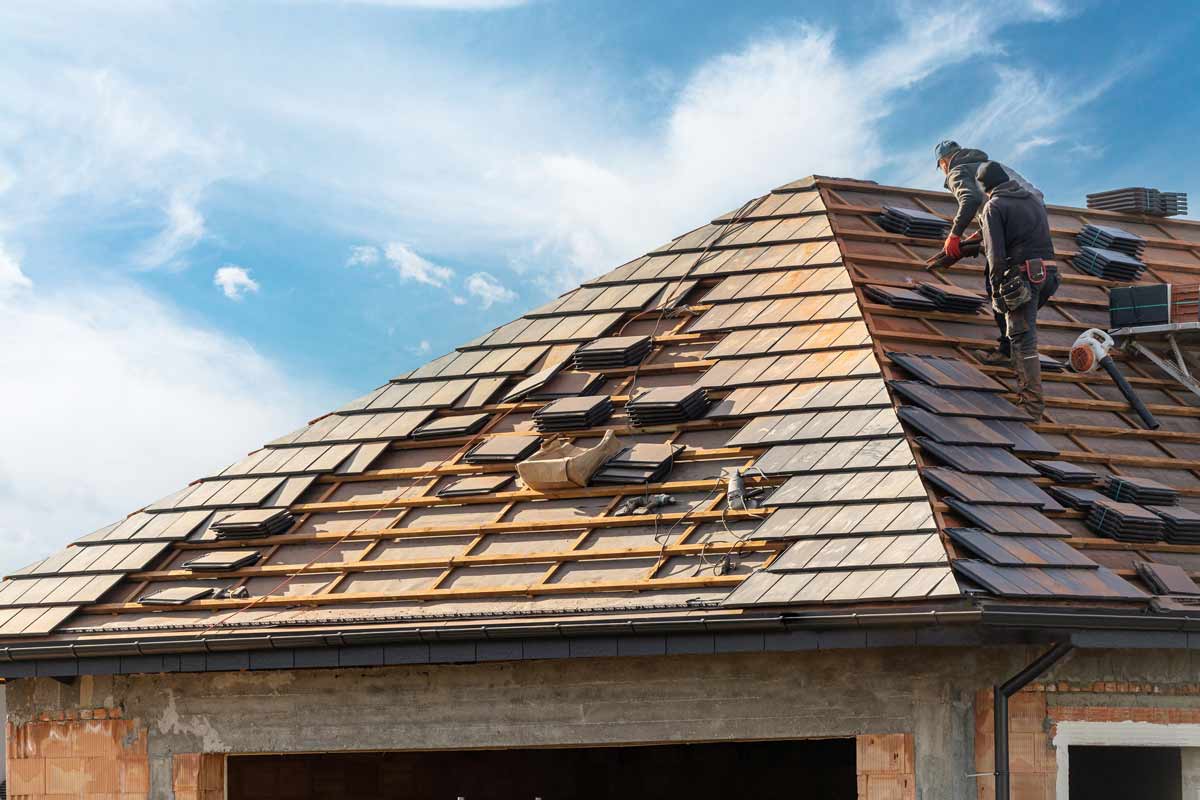As environmental awareness grows, more Canadian homeowners are embracing sustainable home remodeling to reduce their carbon footprint, improve energy efficiency, and create healthier living spaces. Eco-friendly home renovations not only benefit the environment but can also lead to long-term savings on utility bills and increase the value of your property. If you’re considering remodeling your home, here are some sustainable and eco-friendly ideas to help you make a positive impact.
1. Energy-Efficient Windows and Doors
One of the most impactful upgrades you can make is installing energy-efficient windows and doors. In a country with cold winters and hot summers, Canadian homeowners can significantly reduce their energy consumption by choosing products that prevent heat loss and minimize the need for heating and cooling.
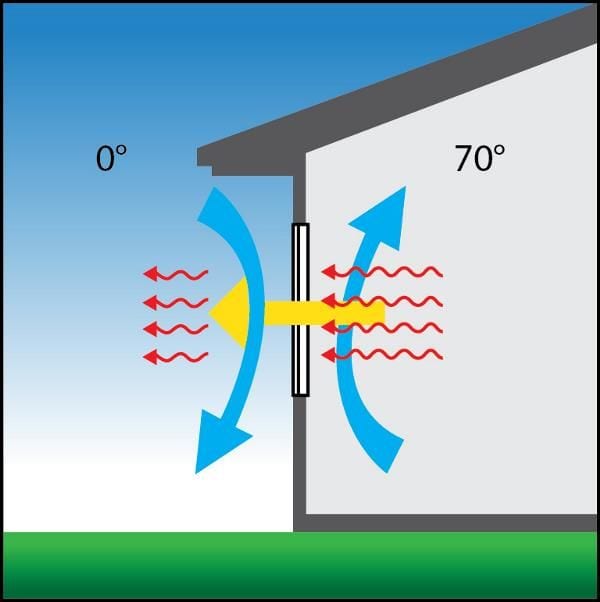
Benefits:
- Reduced energy bills: Energy-efficient windows and doors help regulate indoor temperatures, reducing the need for heating in the winter and cooling in the summer.
- Improved comfort: By minimizing drafts and temperature fluctuations, energy-efficient windows and doors create a more comfortable living environment.
- Increased resale value: Eco-friendly features, such as high-performance windows and doors, can increase your home’s market appeal.
Eco-Friendly Options:
- Low-E glass: Low-emissivity glass helps reduce heat transfer, keeping your home warmer in the winter and cooler in the summer.
- Triple-pane windows: These provide excellent insulation and reduce noise pollution.
- Sustainable materials: Look for doors made from renewable or recycled materials, such as bamboo or reclaimed wood.
2. Solar Panels for Renewable Energy
Installing solar panels is one of the most effective ways to make your home more sustainable. Solar energy is renewable, and harnessing the power of the sun can drastically reduce your dependence on traditional energy sources.
Benefits:
- Lower energy costs: Once installed, solar panels can significantly reduce or even eliminate your electricity bills.
- Reduced carbon footprint: Solar energy is clean and renewable, helping to reduce greenhouse gas emissions.
- Government incentives: Many provinces and the federal government offer incentives and rebates for installing solar panels, making this investment more affordable.
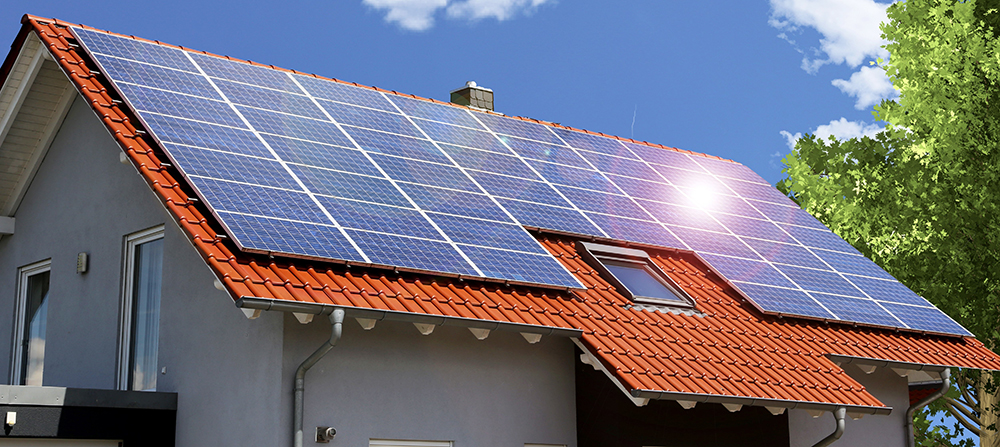
Eco-Friendly Options:
- Photovoltaic (PV) solar panels: These convert sunlight into electricity and can power your home’s electrical systems.
- Solar water heaters: Use solar energy to heat water for your home, reducing the need for traditional water heating systems.
- Battery storage systems: Store excess energy generated by your solar panels to use during cloudy days or at night.
3. Eco-Friendly Insulation
Proper insulation is key to reducing energy consumption, especially in Canadian homes where harsh winters can cause heat loss. Upgrading to eco-friendly insulation materials ensures your home is well-insulated while minimizing the environmental impact of your renovation.
Benefits:
- Lower energy consumption: Insulating your home properly reduces the need for excessive heating and cooling, lowering your energy bills.
- Healthier indoor environment: Many eco-friendly insulation materials are free of harmful chemicals and allergens, improving indoor air quality.
- Reduced environmental impact: Eco-friendly insulation options are made from sustainable or recycled materials, making them a greener choice.
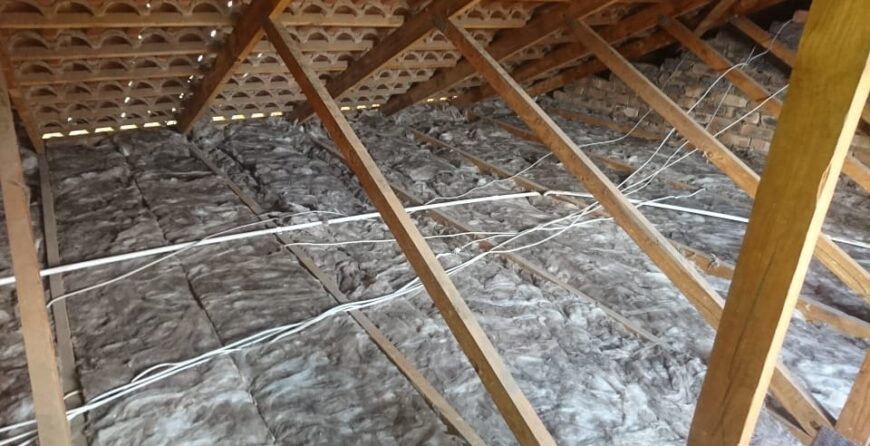
Eco-Friendly Options:
- Recycled cotton or denim insulation: Made from post-consumer recycled materials, this insulation is effective and environmentally friendly.
- Cellulose insulation: Made from recycled newspaper, cellulose insulation is an excellent option for walls and attics.
- Sheep’s wool insulation: A natural, renewable resource, wool is biodegradable and offers excellent thermal insulation properties.
4. Water-Efficient Fixtures
Water conservation is a critical aspect of sustainable living, especially as some regions in Canada experience water shortages. Installing water-efficient fixtures is a simple way to reduce water consumption without sacrificing comfort or convenience.
Benefits:
- Lower water bills: Water-efficient fixtures use less water, reducing your overall water consumption and saving you money.
- Environmental impact: Conserving water helps protect local ecosystems and reduces the strain on municipal water supplies.
- Increased home value: Water-saving features appeal to environmentally conscious buyers, potentially increasing your home’s market value.
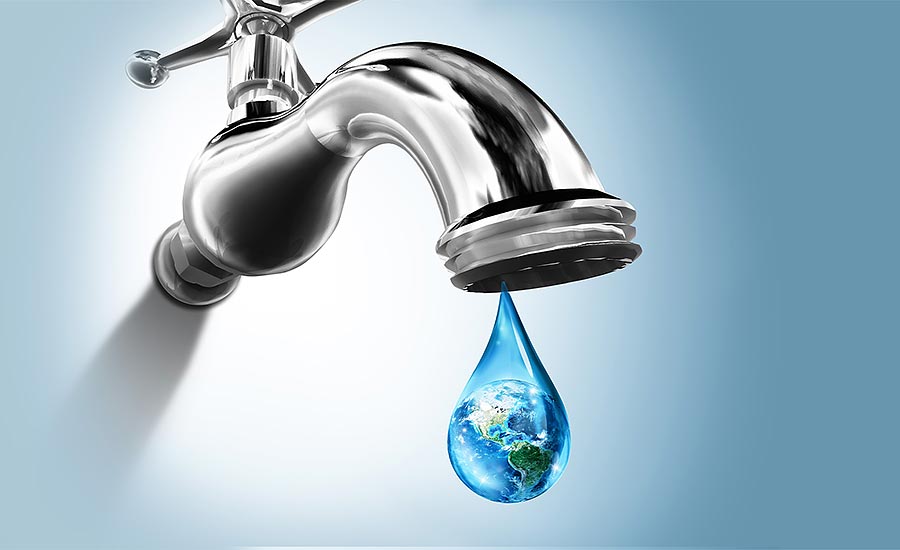
Eco-Friendly Options:
- Low-flow toilets: These use significantly less water per flush, saving thousands of liters of water per year.
- Water-saving showerheads: Low-flow showerheads reduce water usage while maintaining adequate pressure.
- Faucet aerators: These inexpensive devices mix air with water, reducing water flow without impacting performance.
5. Sustainable Flooring
Choosing sustainable flooring materials is an excellent way to reduce the environmental impact of your home remodeling project. Many eco-friendly flooring options are made from renewable or recycled materials and are designed to last, reducing the need for frequent replacements.
Benefits:
- Reduced environmental impact: Sustainable flooring materials are sourced responsibly and often have a lower carbon footprint than traditional options.
- Durability: Many eco-friendly flooring options are highly durable and long-lasting, reducing the need for replacements.
- Healthier indoor air quality: Sustainable flooring materials, such as bamboo or cork, often have low levels of volatile organic compounds (VOCs), contributing to healthier indoor air quality.
Eco-Friendly Options:
- Bamboo: A rapidly renewable resource, bamboo is a durable and sustainable alternative to hardwood flooring.
- Cork: Harvested from the bark of cork oak trees, cork is a renewable and soft flooring option that is comfortable underfoot.
- Reclaimed wood: Using reclaimed wood from old barns, factories, or homes gives new life to materials that would otherwise be discarded.
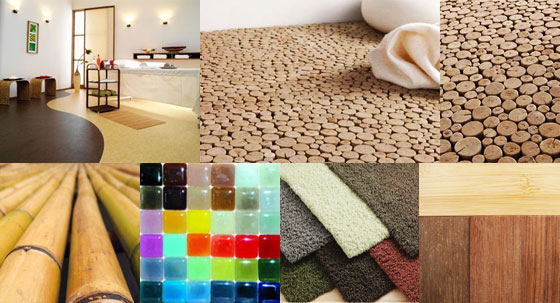
6. Smart Home Technology
Smart home technology not only improves the convenience of your home but also helps reduce energy consumption and water waste. Integrating smart systems into your remodel can make your home more efficient and sustainable.
Benefits:
- Energy savings: Smart thermostats, lighting systems, and appliances can be programmed to optimize energy use, reducing your electricity bills.
- Water conservation: Smart irrigation systems ensure your garden gets just the right amount of water, preventing waste.
- Convenience and control: Many smart systems can be controlled remotely through your smartphone, allowing you to monitor and adjust energy and water usage even when you’re not home.
Eco-Friendly Options:
- Smart thermostats: These devices learn your habits and adjust heating and cooling settings to reduce energy use when you’re not home.
- Smart lighting: LED lighting systems that are controlled by motion sensors or timers can help reduce unnecessary energy consumption.
- Smart irrigation systems: Use sensors to monitor soil moisture and weather conditions, ensuring your plants are watered only when necessary.
7. Green Roofing
Green roofs, also known as living roofs, involve covering the roof of your home with vegetation. This eco-friendly roofing option provides insulation, reduces stormwater runoff, and helps improve air quality.
Benefits:
- Improved insulation: Green roofs provide natural insulation, helping to regulate indoor temperatures and reduce energy use.
- Stormwater management: Green roofs absorb rainwater, reducing the amount of runoff and helping prevent flooding in urban areas.
- Biodiversity: By incorporating plants, green roofs can create habitats for birds, insects, and other wildlife.
Eco-Friendly Options:
- Extensive green roofs: These have a thin layer of vegetation, typically using hardy, low-maintenance plants like succulents.
- Intensive green roofs: These are more like rooftop gardens, with deeper soil and a wider variety of plants, including small trees and shrubs.
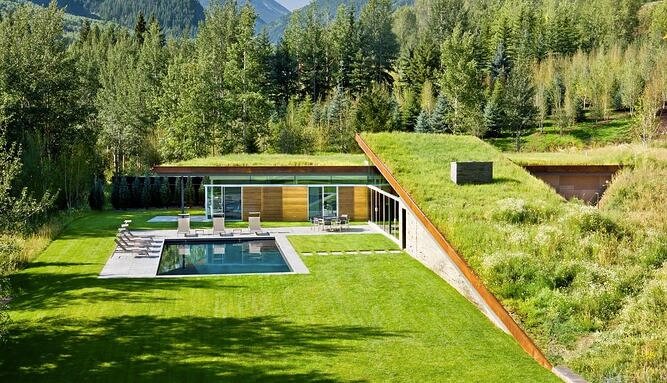
Final Thoughts
Sustainable home remodeling is not only good for the environment but also for your wallet and overall well-being. From energy-efficient windows to eco-friendly insulation, there are countless ways to make your Canadian home greener and more efficient. By incorporating these eco-friendly ideas into your remodeling project, you can create a home that is comfortable, energy-efficient, and environmentally responsible. Whether you’re making small updates or embarking on a large renovation, investing in sustainable practices will benefit both your home and the planet.

